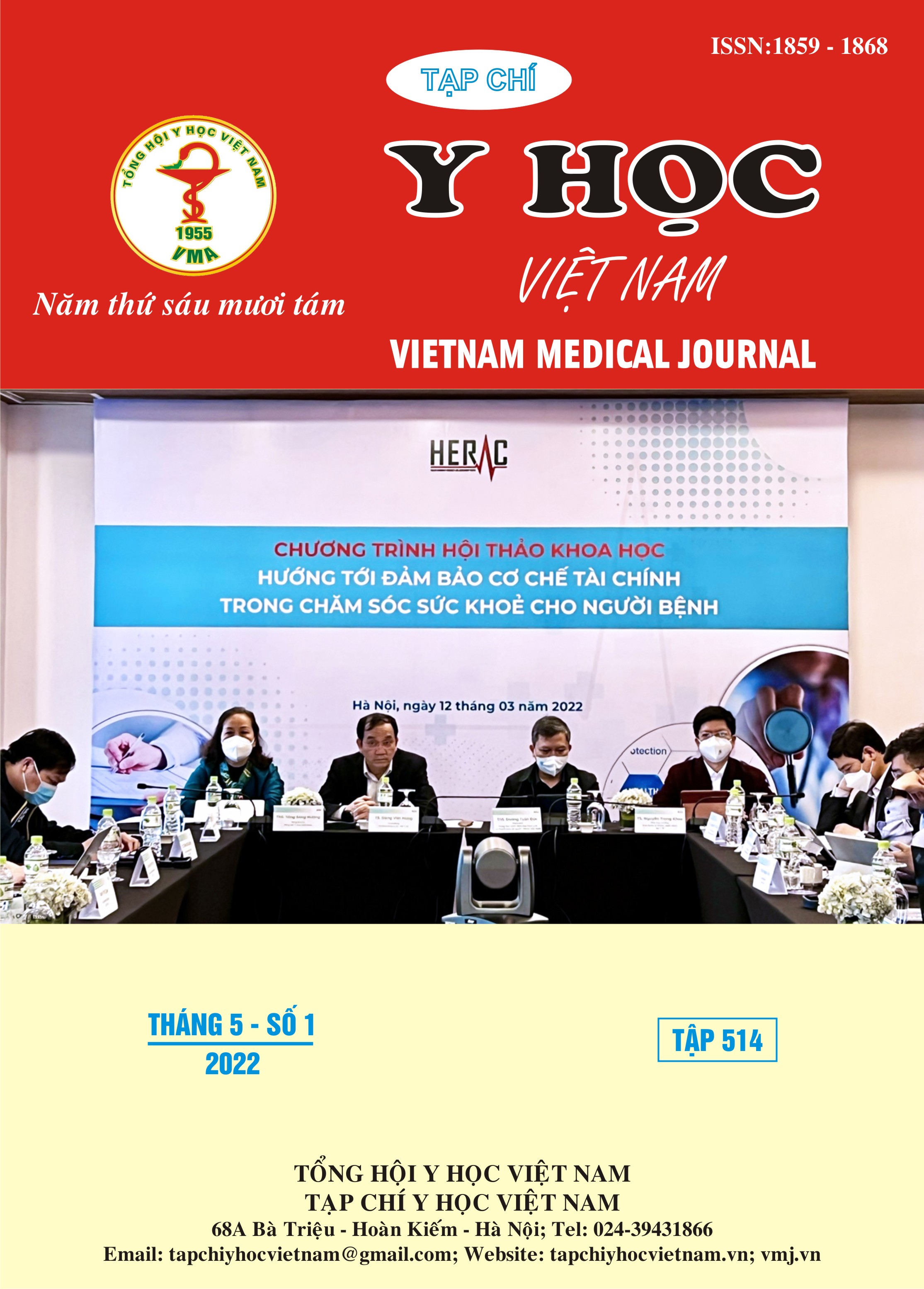SITUATION OF SURGICAL SITE INFECTION AFTER GASTROINTESTINAL SURGERY AND SOME RELATED FACTORS AT THE DEPARTMENT OF GASTROENTEROLOGY AT SAINT PAUL GENERAL HOSPITAL IN 2021
Main Article Content
Abstract
Objectives: Describe the state of surgical site infection after gastrointestinal surgery at the Department of Gastroenterology. Transformation of Saint Paul General Hospital in 2021 and Analysis of some factors related to surgical site infection. Object and Methods: Descriptive research study using the patient's medical records to collect pre-, intraoperative and laboratory information of the patient. Observation and use of checklists to evaluate the surgical procedure of the patient. nursing. Observing and assessing the progress of the incision during each dressing change until discharge, the results were fully recorded in the research medical record. Results: The rate of postoperative wound infection at Green hospital Hanoi pontoon in 2021 is low (1.7%). compared with other studies. There are many factors associated with surgical site infection: -Patients with high glycemic index from 8mmol/l have 5 times higher risk of surgical site infection. Patients with Type ASA >= III The risk of UTI is nearly 7 times higher than that of the ASA group < III ; ( p = 0.001) . Patients with SENIC index of 2 or higher have about 6 times the risk of surgical site infection; The difference is statistically significant.. Underweight people tend to have higher surgical site infections, but the difference is not statistically significant. Conclusion: The rate of surgical site infection after gastrointestinal surgery at Saint Paul hospital in 2021 is low (1.7%). There are many factors associated with an increased risk of infection after gastrointestinal surgery such as: patients with high glycemic index, high ASA, high SENIC index, thin and underweight people.
Article Details
Keywords
Digestive surgery, surgical site infection
References
2. Đinh Vạn Trung (2015). Một số yếu tố nguy cơ liên quan đến nhiễm khuẩn vết mổ ở bệnh nhân phẫu thuật tiêu hóa sạch và sạch nhiễm tại Bệnh viện Trung ương quân đội 108. Tạp chí Y Dược học quân sự số 3-2017, tr 142-146.
3. Bùi Tú Quyên, Trương Văn Dũng (2012), Thực trạng nhiễm khuẩn vết mổ và một số yếu tố liên quan tại khoa ngoại , sản Bệnh viện đa khoa Sa Đéc năm 2012. Tạp chí Y tế công cộng (27), tr 54-60.
4. Lê Anh Tuân (2017). Nghiên cứu thực trạng và một số yếu tố liên quan đến nhiễm khuẩn vết mổ bụng tại bệnh viện tình Sơn La. Luận án tiến sĩ y học, Học viện Quân Y.
5. Nguyễn Thị Hồng Nguyên và cộng sự (2019), Tình hình nhiễm khuẩn vết mổ trên bệnh nhân phẫu thuật tại khoa ngoại tổng hợp Bệnh viện đa khoa thành phố Cần Thơ. Tạp trí nghiên cứu khoa học và phát triển kinh tế trường Đại học Tây Đô, 06, tr 202-209.
6. Nguyễn Đình Sướng và cộng sự (2017). Khảo sát tỉ lệ nhiễm khuẩn vết mổ và các yếu tố liên quan tại khoa ngoại thần kinh Bệnh viện Nguyễn Tri Phương năm 2014-2016. Tạp chí Y Học Thành Phố Hồ Chí Minh, phụ bản tập 21, số 3-2017, tr 130-137.
7. Phạm Văn Tân (2016) Nghiên cứu nhiễm khuẩn vết mổ các phẫu thuật tiêu hóa tại khoa ngoại Bệnh viện Bạch mai. Luận văn tiêns sĩ y học, Học viện Quân y.
8. Wang Z, Chen J, Wang P, Jie Z, Jin W, Wang G, Li J, Ren J (2018), Surgical Site Infection After Gastrointestinal Surgery in China: A Multicenter Prospective Study. https://pubmed.ncbi.nlm.nih.gov/30986636/


